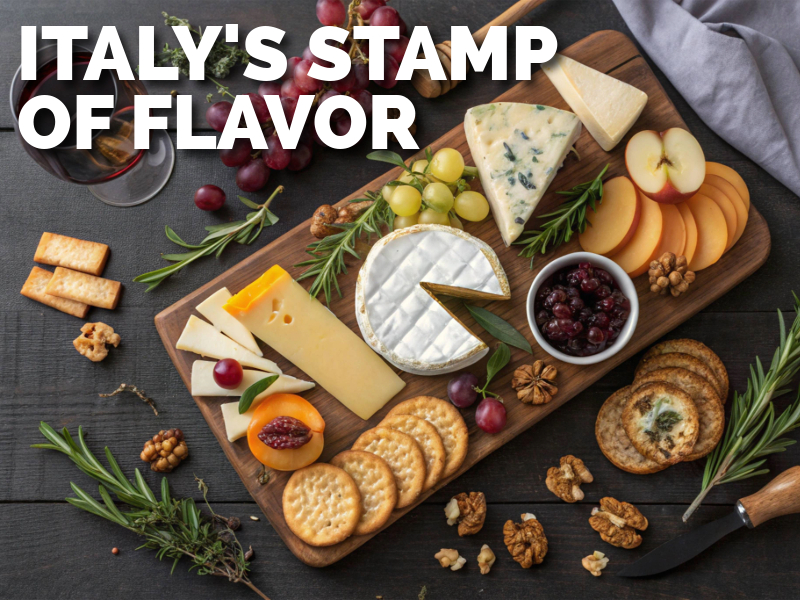Italy is known for its rich culinary heritage, and some of the country’s most beloved ingredients carry official designations to preserve their authenticity and regional identity. From DOP tomatoes and DOCG wines to IGP olive oil, these labels protect Italy’s gastronomic treasures. In this article, we explore what these designations mean, why they matter, and how they ensure the integrity of Italian food culture.
This post contains affiliate links. If you click through and make a purchase, I may earn a small commission at no extra cost to you.
Thank you for supporting The Amore Life!
What Are Italian Food Designations?
Italian food is known not only for its flavor but for its deep connection to place and tradition. The Italian government, along with the European Union, has created several protected designation systems to maintain the quality and heritage of Italian products.
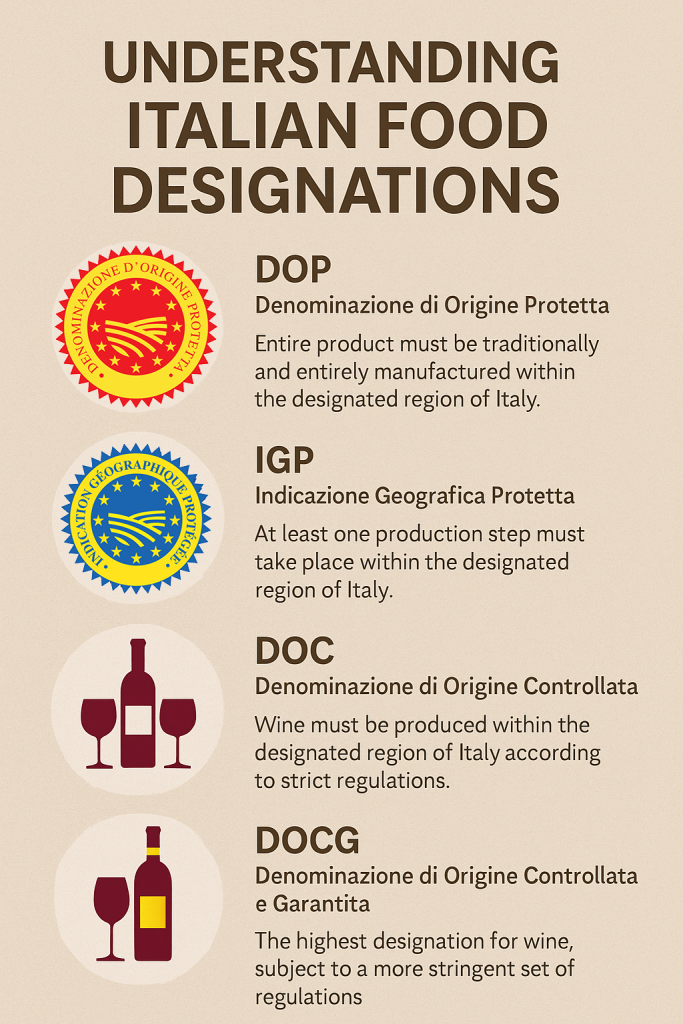
These include:
- DOP (Denominazione di Origine Protetta) – Protected Designation of Origin
- IGP (Indicazione Geografica Protetta) – Protected Geographical Indication
- DOC (Denominazione di Origine Controllata) – Controlled Designation of Origin (mainly for wine)
- DOCG (Denominazione di Origine Controllata e Garantita) – Controlled and Guaranteed Designation of Origin (for the highest quality wines)
- STG (Specialità Tradizionale Garantita) – Traditional Specialty Guaranteed
Each serves a specific role in ensuring the traceability and integrity of Italian food and drink, backed by rigorous standards and oversight.
DOP: Denominazione di Origine Protetta
The DOP designation is one of the strictest quality labels. It ensures that a product is entirely produced, processed, and packaged within a specific region and follows traditional methods.
Famous DOP Products:
- Parmigiano Reggiano DOP – Must be produced in specific provinces including Parma, Reggio Emilia, Modena, and parts of Bologna and Mantua.
- Prosciutto di Parma DOP – Cured ham made only in Parma, aged under strict humidity and salinity conditions.
- San Marzano Tomatoes DOP – Grown only in the volcanic soil of the Agro Sarnese-Nocerino region near Naples.
- Mozzarella di Bufala Campana DOP – Made from water buffalo milk in select areas of Campania and Lazio.
- Tuscan Extra Virgin Olive Oil DOP – Harvested and pressed in Tuscany under specific practices and standards.
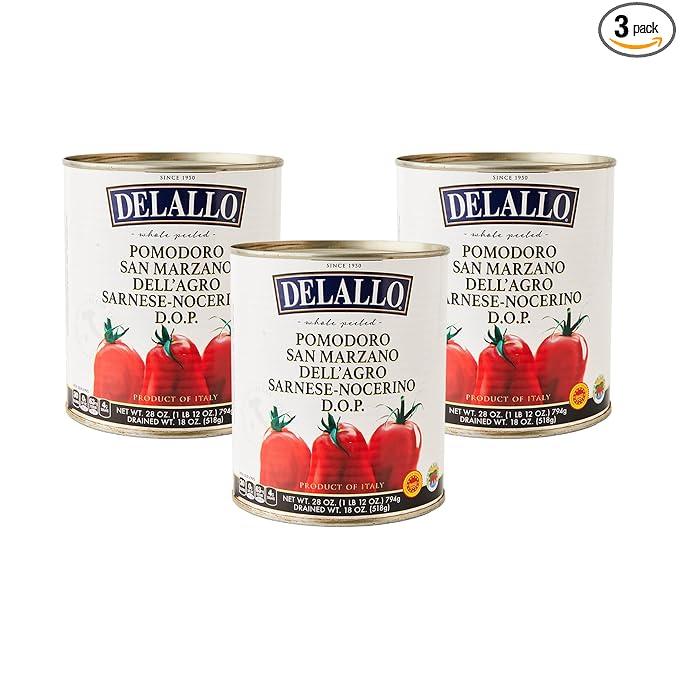
Why It Matters:
DOP ensures authenticity, locality, and heritage. It also guarantees that the entire production process happens in a defined geographical area, which impacts the flavor and quality of the final product.
IGP: Indicazione Geografica Protetta
IGP is a bit more flexible than DOP. It requires that at least one phase (production, processing, or preparation) occurs in a specific region. It allows for some ingredients to come from outside the region, as long as the unique character of the product is tied to its geography.
Famous IGP Products:
- Balsamic Vinegar of Modena IGP
- Toscano IGP Olive Oil
- Mortadella Bologna IGP
- Lardo di Colonnata IGP
- Pane di Altamura IGP – A traditional bread from Puglia
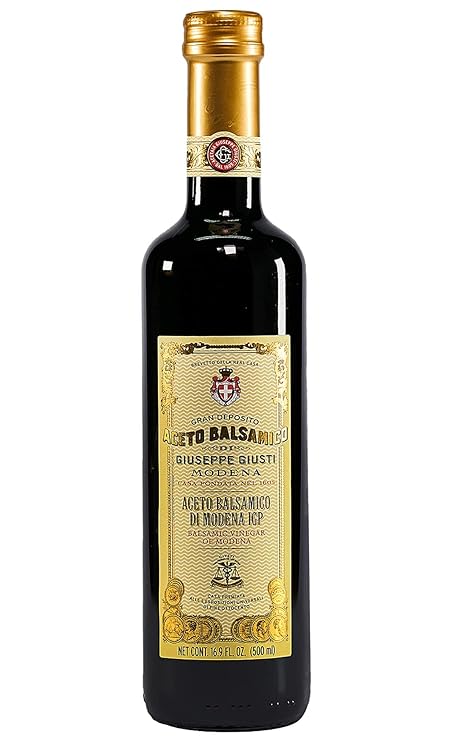
Why It Matters:
IGP preserves regional tradition while allowing for a broader interpretation of origin. It’s often a sign of a product made using traditional methods but with less geographical strictness than DOP.
DOC & DOCG: Italian Wine Designations
Italian wines are governed under separate yet equally strict regulations.
DOC: Denominazione di Origine Controllata
Introduced in the 1960s, DOC ensures that wines come from specific zones and follow set rules around grape varieties, yield, alcohol content, and aging.
Popular DOC Wines:
- Frascati DOC
- Soave DOC
- Orvieto DOC
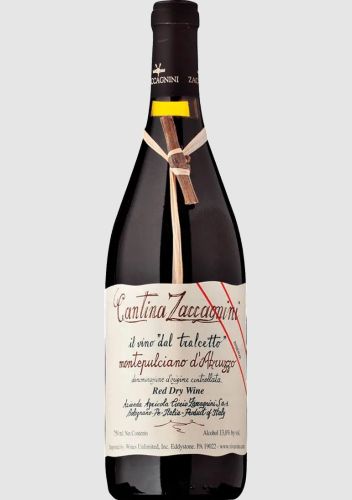
DOCG: Denominazione di Origine Controllata e Garantita
DOCG is the highest wine designation in Italy. It includes all DOC regulations plus stricter guarantees around quality and tasting evaluations by government panels.
Famous DOCG Wines:
- Chianti Classico DOCG
- Brunello di Montalcino DOCG
- Barolo DOCG
- Amarone della Valpolicella DOCG
Read my article on Volpaia and their great tasting DOCG wines.
Why It Matters:
These labels guarantee traceability, strict winemaking rules, and regional authenticity. DOCG wines undergo sensory evaluation before release to ensure premium quality.
STG: Specialità Tradizionale Garantita
STG doesn’t refer to geography but to traditional recipe and method. It protects classic products made according to long-standing practices, regardless of where they’re produced in Italy.
Examples:
- Pizza Napoletana STG
- Pasta alla Carbonara STG

STG Gelateria in Tulsa, OK specializes in authentic Italian gelato, prepared fresh daily in small batches following a centuries-old method. This gelato is crafted by Andolini’s Worldwide daily, ensuring the highest quality and a true taste of Italian tradition.
STG ensures you get the true, traditional version of a dish—even if it’s made outside Naples or Rome.
Real World Applications of These Labels
If you walk through an Italian grocery store, or even a high-end shop outside of Italy, you’ll often see these designations printed on labels and packaging. In Italy, chefs and families alike take these certifications seriously. They’re more than just marks of origin; they’re signs of trust, pride, and history.
How to Identify These Labels
Look for the EU-approved certification seals:
- Red and yellow DOP seal
- Blue and yellow IGP seal
- DOC/DOCG labels on wine bottles near the neck
- STG may be stated on menus or packaging for traditional recipes
These marks guarantee the product’s authentic origin, adherence to tradition, and quality standards.
The Importance of Protected Designations
Preserve Biodiversity – Many designated products are tied to specific, sometimes endangered, crops or breeds.
Boost Local Economies – These products support regional farmers, cheesemakers, vintners, and artisans.
Prevent Fraud – Helps consumers distinguish between authentic and imitated versions.
Promote Cultural Identity – These foods represent the soul of Italian culinary tradition.
Other Cheeses and Products with Designations
Beyond the most famous examples, many lesser-known Italian foods carry these labels too:
- Caciocavallo Silano DOP
- Robiola di Roccaverano DOP
- Pecorino Sardo DOP
- Lucanica di Picerno IGP – A sausage from Basilicata
- Cilento White Fig DOP – Grown in Campania
Even basil, lemons, chestnuts, and artichokes can carry designations when produced under regional standards.
DOP vs. DOCG: What’s the Difference?
It’s important not to confuse food and wine labels:
- DOP applies to food (cheese, meat, tomatoes, olive oil).
- DOC/DOCG apply to wine only.
- All are about preserving quality and cultural legacy.
Why It Matters to You
Whether you’re a home cook, a foodie, or a traveler in Italy, knowing about DOP, IGP, and DOCG helps you appreciate authenticity. When you buy a DOP Parmigiano Reggiano or a bottle of DOCG Barolo, you’re not just purchasing an ingredient you’re taking home a piece of Italian history.
